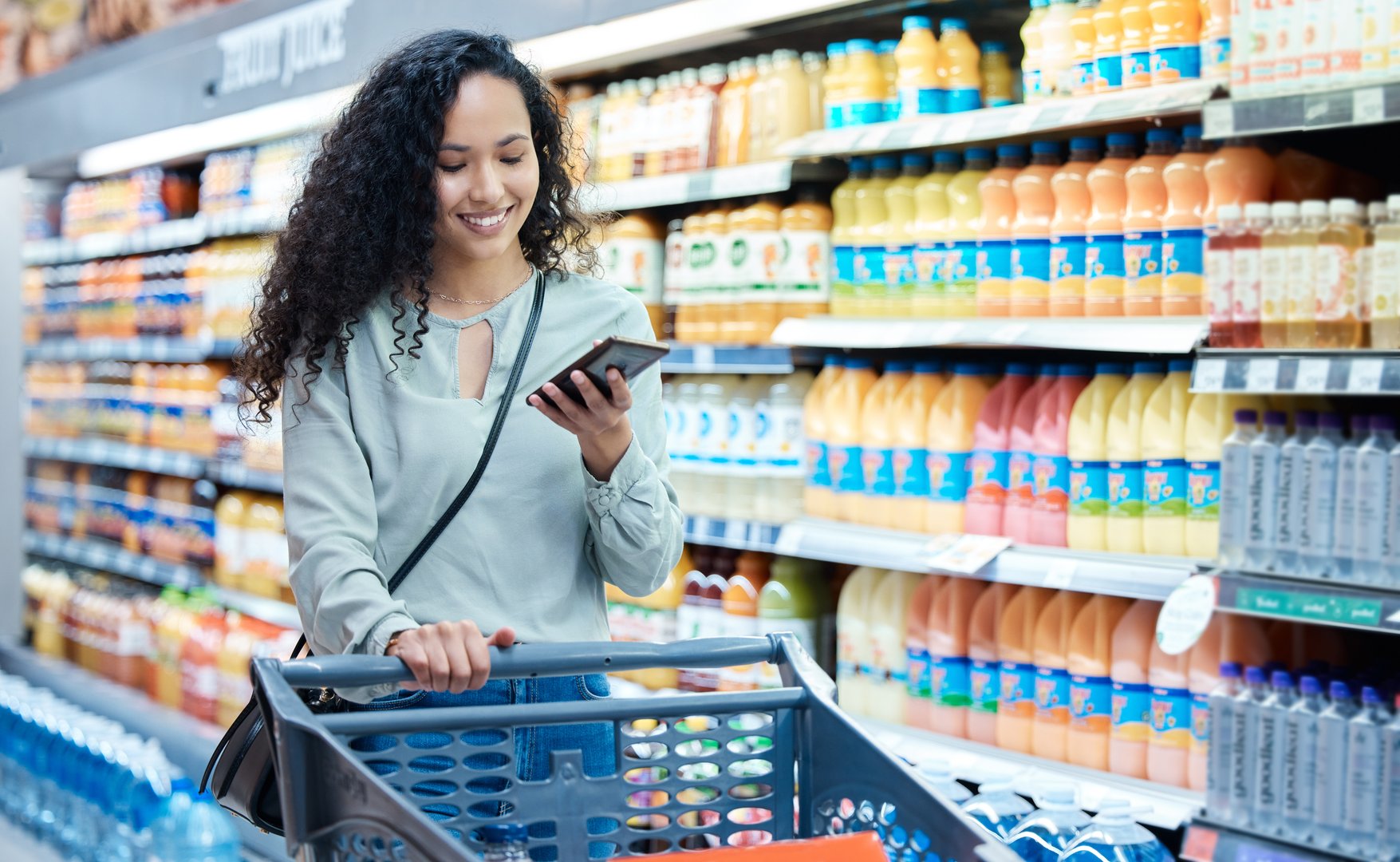From Brick and Mortar to Online: How Technology is Changing the Retail Landscape

The retail industry has undergone significant changes in the last few decades due to the advent of technology. Brick-and-mortar stores, which were once the norm, have given way to online shopping, which has become increasingly popular with consumers. The use of technology has enabled retailers to create more personalized shopping experiences, streamline supply chains, and make the shopping process more convenient for consumers. In this blog, we will explore how technology is changing the retail landscape and provide examples and statistics to illustrate its impact.
Personalized Shopping Experiences
Technology has allowed retailers to personalize shopping experiences for their customers, which has become increasingly important in a world where consumers expect a high level of convenience and service. For example, many retailers use artificial intelligence to analyze customer data and make personalized product recommendations. This helps retailers to better understand their customers' needs and preferences, resulting in increased customer satisfaction and loyalty.
According to a study, 75% of consumers are more likely to buy from a retailer that recognizes them by name, recommends products based on past purchases, or knows their purchase history.
Another example of personalized shopping experiences is the use of augmented reality (AR) and virtual reality (VR) in retail. These technologies allow customers to try on clothes virtually or visualize how furniture would look in their homes.
According to a report by Forbes, The global market for VR and AR in retail will reach USD 1.6 billion by 2025.
Convenience for Consumers ( BOPIS and e-payment)
Technology has made shopping more convenient for consumers, which is one of the primary reasons why online shopping has become so popular. For example, many retailers offer buy online, pick up in-store (BOPIS) services, which allow customers to place orders online and pick up their purchases at a physical store. This saves customers time and allows them to avoid shipping costs.
In a study by the International Council of Shopping centers the stats show the following: 50% of adult shoppers use BOPIS and 67% of them tend to purchase additional items from the same retailer while collecting their initial orders from the physical store.
Another example of convenience for consumers is the use of mobile payments. Mobile payments allow customers to pay for purchases using their smartphones, which eliminates the need for cash or credit cards.
Streamlined Supply Chains
Technology has also enabled retailers to streamline their supply chains, reducing costs and improving efficiency. For example, retailers use radio frequency identification (RFID) tags to track inventory and ensure that products are in stock when customers want to buy them. This reduces the amount of time that customers have to wait for products to be restocked, which improves customer satisfaction.
According to the RFID Lab at Auburn University, utilizing this technology can increase inventory accuracy from an average of 63% to 95% and decrease retail out-of-stocks by as much as 50%.
Mobile Commerce
Mobile commerce is rapidly growing, as more customers prefer the convenience of making purchases on their smartphones. Retailers are investing in mobile apps and optimizing their websites for mobile devices to provide customers with a seamless shopping experience. Companies like Walmart have invested heavily in mobile commerce, offering a mobile app that enables customers to purchase products, scan items in-store for additional information, and even pay for their purchases using their smartphones. Mobile commerce volume is expected to hit $620.97 billion by 2024.
Internet of Things (IoT)
The Internet of Things (IoT) is transforming the way retailers interact with customers. IoT devices such as smart shelves and beacons can provide retailers with real-time data on customer behavior, enabling them to optimize store layouts and product placement. For example, the supermarket chain Kroger uses smart shelves equipped with IoT sensors to monitor inventory levels and provide personalized product recommendations to customers.
In conclusion, technology has had a significant impact on the retail industry, from the rise of e-commerce to the use of artificial intelligence and the Internet of Things. Retailers that have embraced technology and incorporated it into their operations have seen significant benefits, including increased efficiency, improved customer experience, and higher profits. As technology continues to evolve, we can expect to see further changes in the retail landscape, with new innovations and advancements improving the way we shop and do business. Retailers that are able to adapt to these changes and leverage the power of technology will be the ones that thrive in the years to come.



